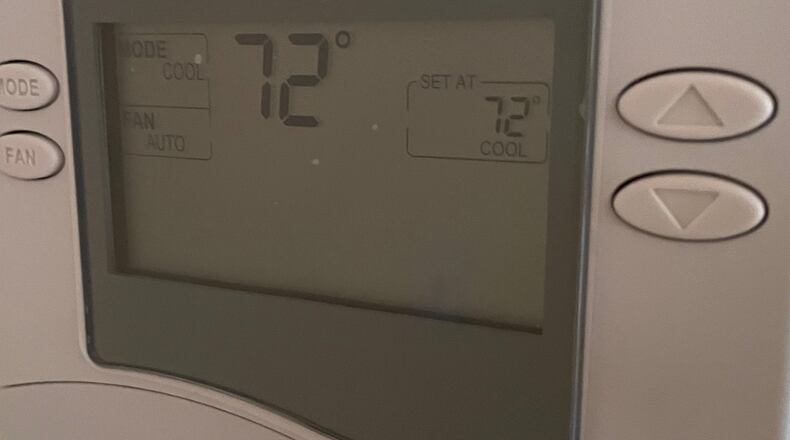The question will be posed to households and small businesses in the growing number of area communities banding together in an effort led by the Miami Valley Communications Council to negotiate for lower electricity rates. The group organized by the MVCC this year is expected to include 16 cities in Greene, Miami, Montgomery and Preble counties by next year.
St. Clair Newbern IV, CEO of LiveEnergy.com, who has 22 years of experience as an energy broker, said regarding the MVCC consortium that the purchasing power created by having a larger group is not necessarily as considerable as one might believe.
“The electricity businesses is a low-margin business, and so really, the price is mostly based on the load profile of the group, rather than the size,” Newbern said.
Complicating matters is that the price of natural gas, which is used in steam turbines and gas turbines to generate electricity, has been volatile the past 12 months, he said.
“It’s swung violently, like more volatility in the past 12 months than we’ve seen in like 10 years,” he said. “All of the opportunity to lower costs has been on recognizing when prices are low and locking those in.”
Newbern said his advice for residential customers with the time and resources to follow rates is to always opt out and lock in a better rates themselves.
A Dayton Daily News analysis found that electric aggregation efforts appear to have the potential to save area residents money — possibly hundreds of dollars a year for hundreds of thousands of area residents.
In the coming weeks, residents and small businesses in the MVCC group’s cities currently with a utility will receive an opt out notice from Energy Harbor, the supplier with whom MVCC approved a 28-month contract.
The contract sets the rate starting Sept. 1 at 6.57 cents per kilowatt-hour (kWh), records show. The renewable energy option is 6.97 cents per kWh. Both are considerably cheaper than the current AES default rate of 10.81 cents per kWh.
The letters will include the price, supplier and other information, according to Bob Snavely, with consultant Palmer Energy.
When an opt-out letter is sent, households and small business have 21 days to reply.
“If you don’t do anything, you’ll be included” in the program, Snavely said.
Those who opt out will stay with their current utility, he said. Customers who become part of the new program will receive a bill with the supplier’s name on it, but customers will still pay the utility, he said.
The process itself will not change, Snavely added.
“If the lights go out, you still call the same folks,” he said. “The utility acts the exact same way. There’s no change at all.”
In Dayton, which adopted electric aggregation in 2016, 40% of all households shop their own electric supply rates and are therefore not eligible for the city rate, according to Meg Maloney, Dayton’s sustainability specialist.
“If they cancel their supply rate, they can join our program at any time for free,” Maloney said.
Of the 30,000 households in the program, just 3% have opted out since it was initiated, she said.
While the city tries to get the lowest price possible rate at the time, the market tends to fluctuate, Maloney said.
“Therefore, we usually purchase our supply with the intent of ensuring we get a lower price than AES Ohio,” she said. “If residents want to shop and play with the market, they are free to leave our program anytime to shop.”
Markets can go up or down based on a variety of issues, said Mary Ann Kabel, AES Ohio corporate communications director.
“There’s a lot of factors with regard to the market that could fluctuate or cause prices to increase or decrease,” Kabel said.


